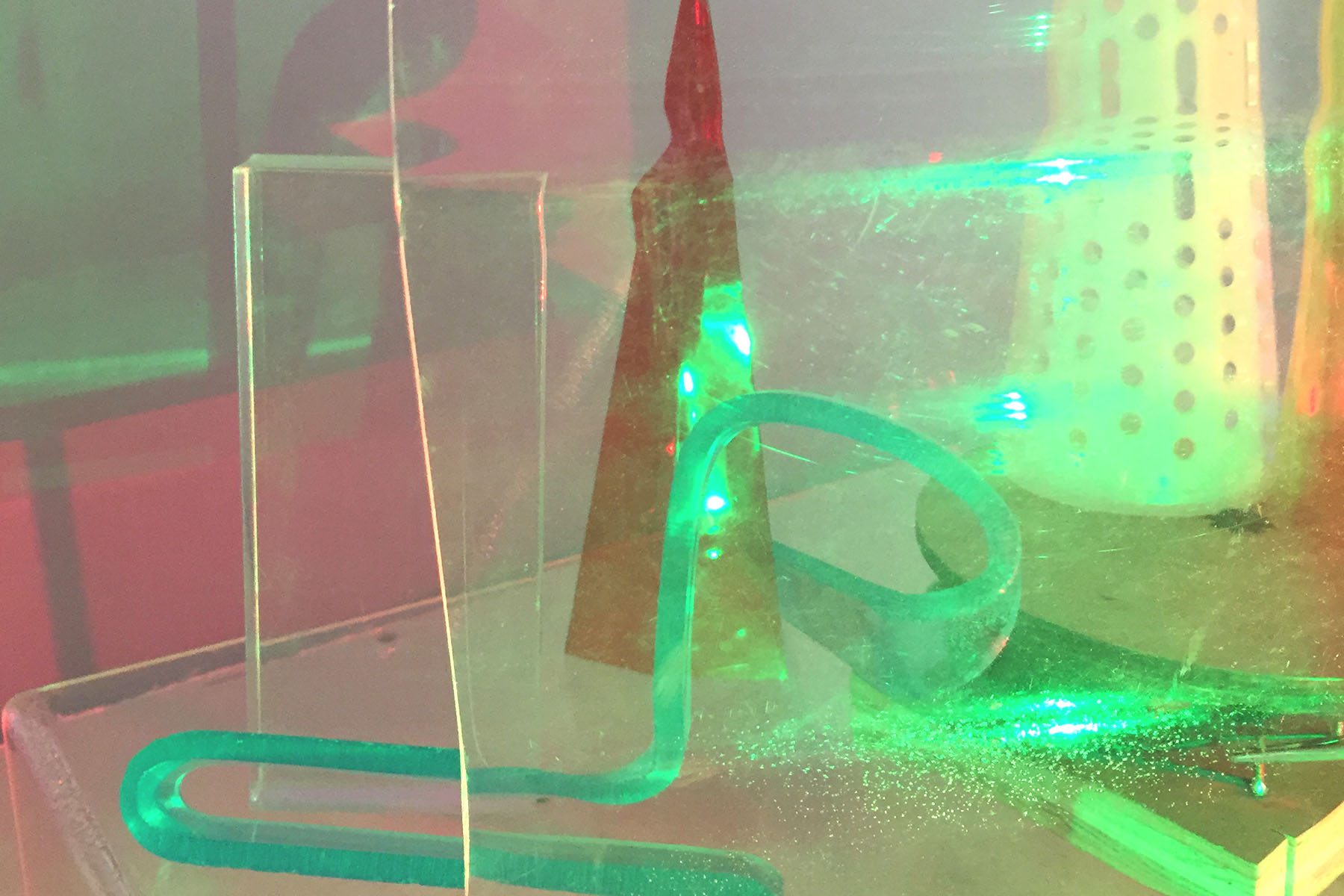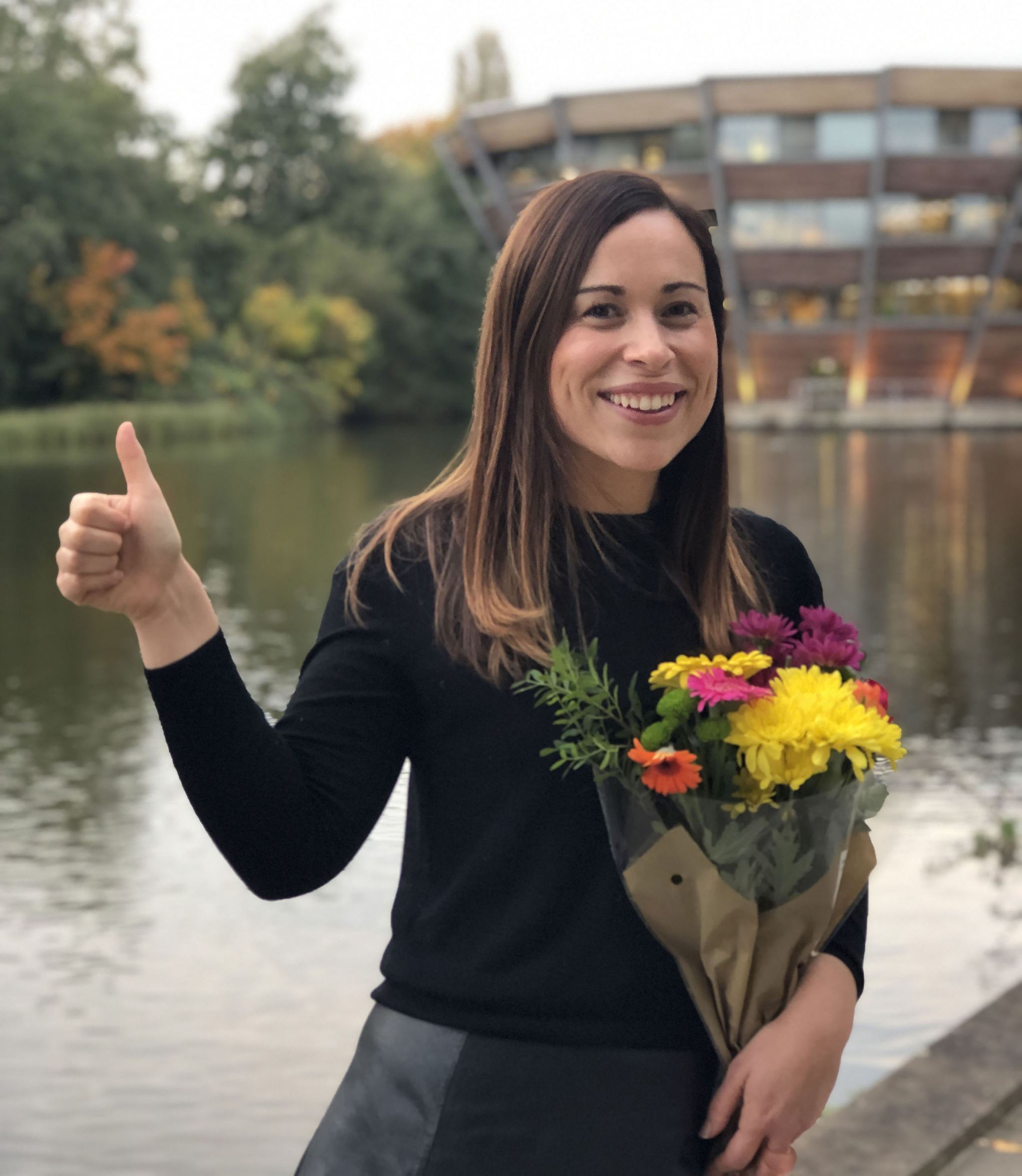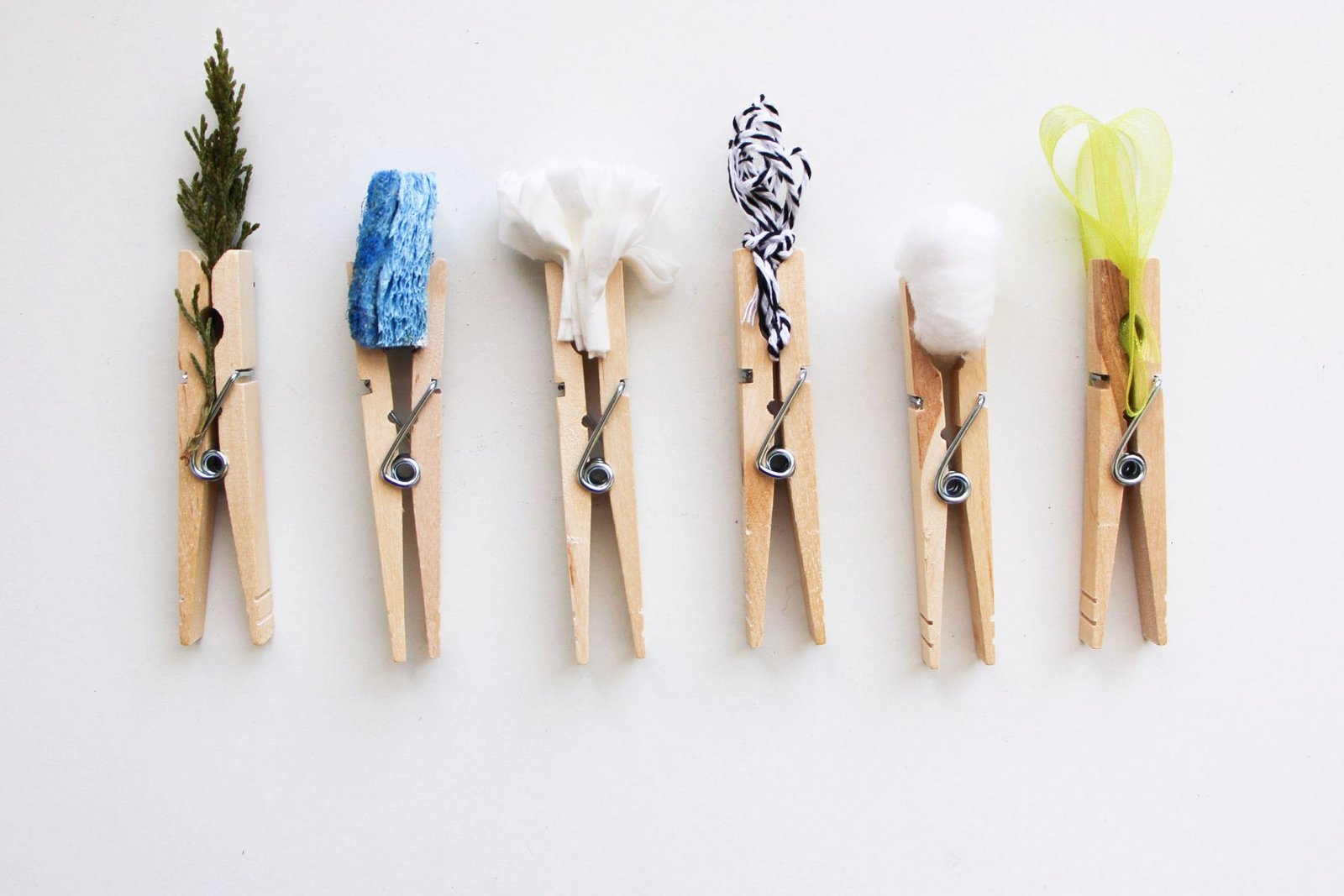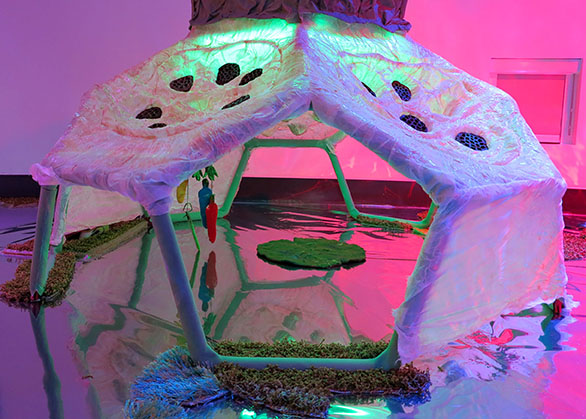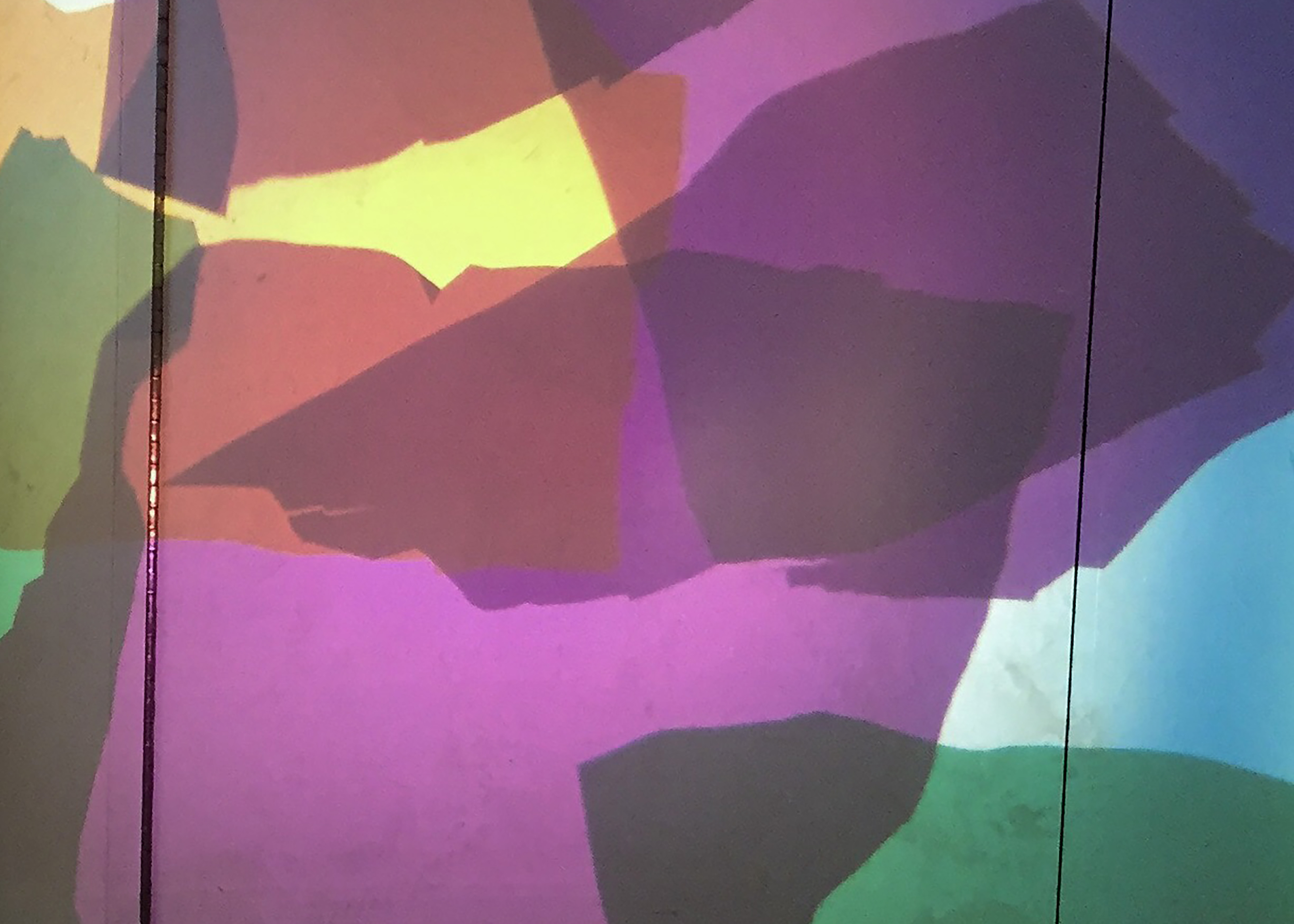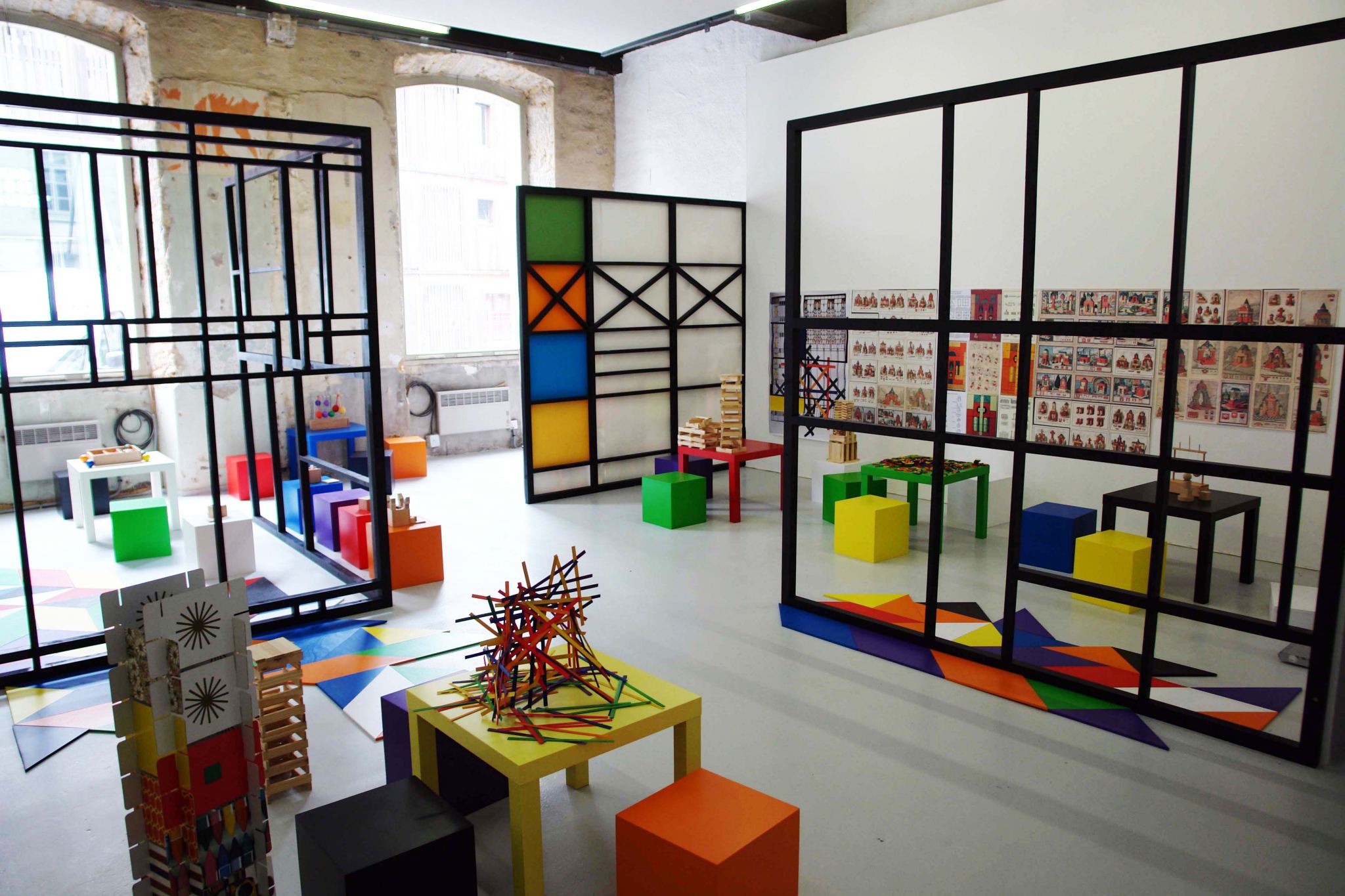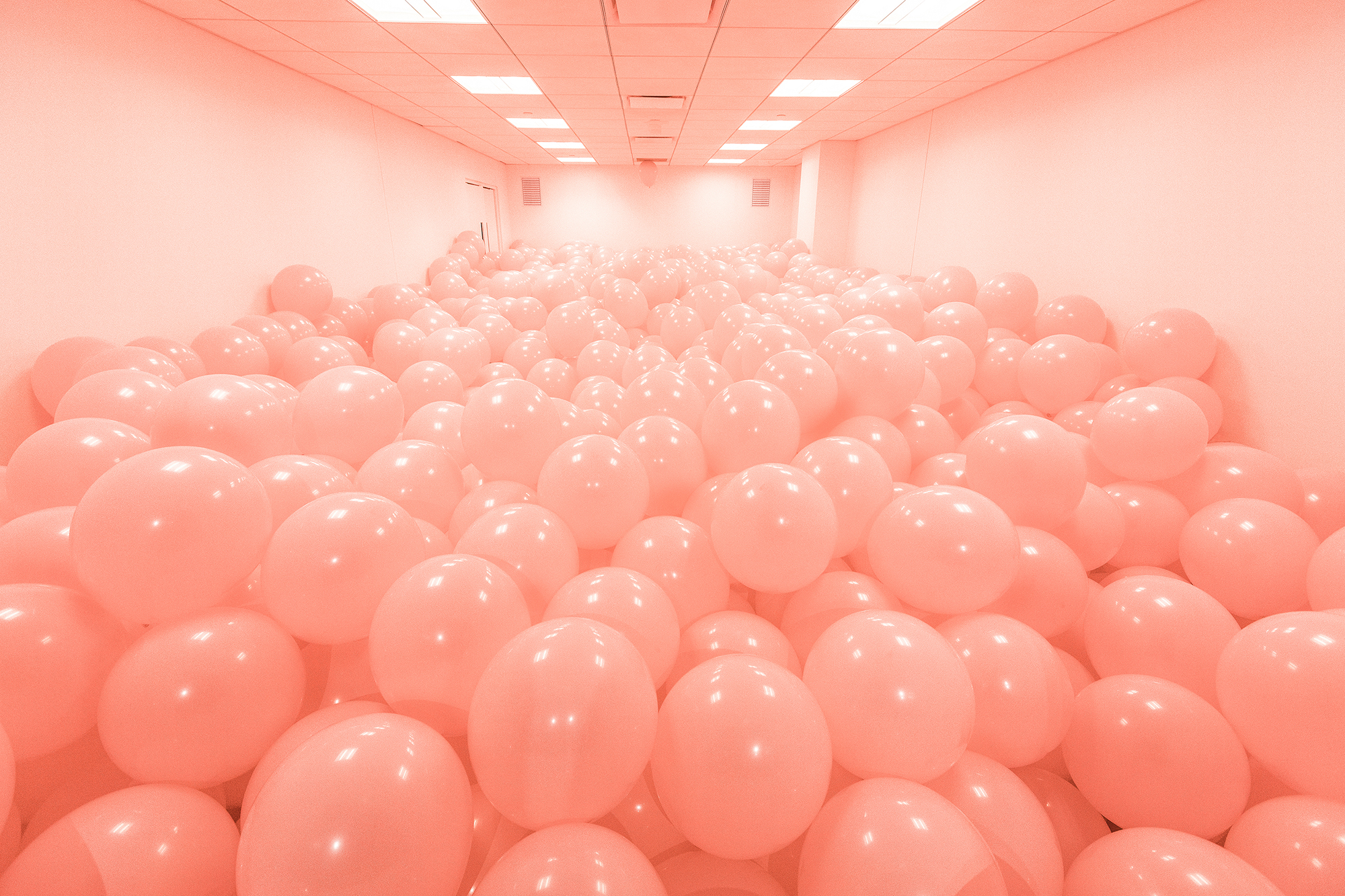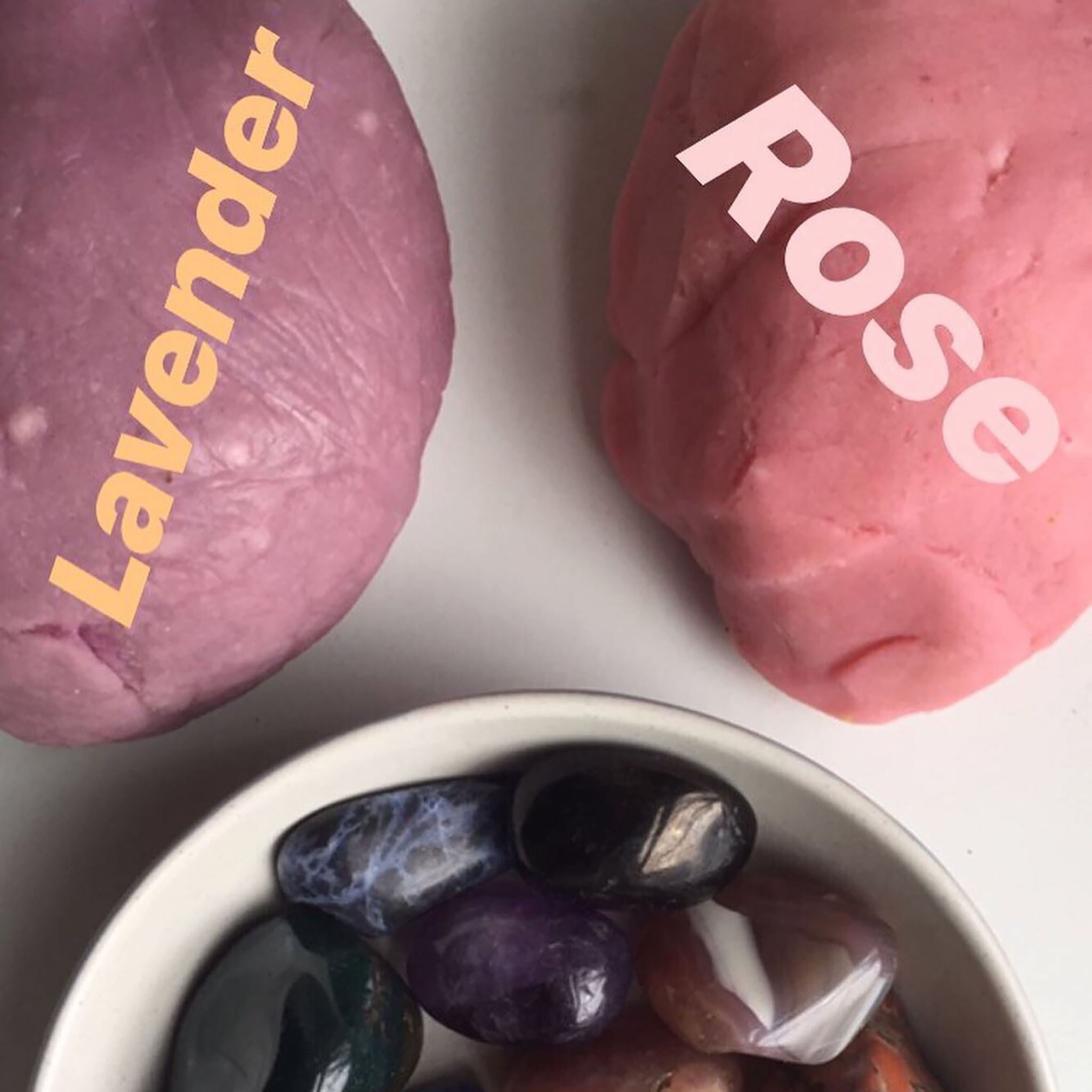I talk a lot about the importance of creativity and materials in children’s learning on this website. Most of the posts I have previously written have been aimed at teachers and creative professionals working with children. However, parents also play an important role in supporting children’s learning. To be honest, nearly every parent I have met has been incredibly interested in hearing about what they can do to help to support their child’s creativity. So, I have decided to start writing some posts especially for parents. Kicking off with this one. I have put together five hot tips for supporting children’s creativity with materials. These ideas build on a podcast I recently did for ‘Rial Talk .In the podcast I talk about the importance of art and children’s play with materials in education. More specifically, I argue that both art and materials play a critical role in encouraging creativity as they…
The Leap then Look podcast
Artists Lucy Cran and Bill Leslie, otherwise known as the creative duo ‘Leap Then Look,’ have spent the last year putting together participatory art projects across some of London’s most renowned art and education institutions including the Royal Academy of Art, Tate and the Thomas Tallis School. Above: Artists Lucy Cran and Bill Leslie, the creative duo who form ‘Leap and Look.’ Image credit: Alun Callender Their work is underpinned by the philosophy that contemporary art practice should and can be made available to everyone and that people of all ages can greatly benefit from playful ways of making, thinking and looking. With funding from a-n The Artists Information Company, Lucy and Bill have recently put together the ‘Leap and Look’ podcast series featuring interviews with artists working at the intersection of art and education. It features interviews with contemporary artists Natalie Zervou-Kerruish, Pester & Rossi as well as Annis Joslin &…
Finishing my PhD!
Two weeks ago I finished my PhD! I have spent the past 4 four years doing my PhD full-time. Day after day. Week after week. Slogging it out on a quest to create new knowledge that advances society. This experience has been exhausting, exciting, intellectually arduous and of course, deeply fulfilling. I mark the completion of the PhD as the moment I passed the viva, which is a final oral examination you do in the United Kingdom at the end of the program. The viva basically involves two academics, who are specialists in your field, reading your thesis and grilling you on it. My viva was tough. It went for two hours. I was asked very difficult questions that I somehow waded my way through. But I made it! And at the end was told I did not need to make any further corrections to the thesis, which is rare…
Make your own paintbrushes
Have you ever tried creating your own art tools? It is a fun art activity to do. Many artists including Gerhard Richter, Jackson Pollock and Willem de Kooning are famous for making their own tools for painting! This post shares how you, and your kids, can make your own paintbrushes using pegs and other items from around the house. This activity is great as it allows kids to experiment with different designs, surfaces and textures so there are lots of opportunities for creativity and problem-solving. Age range: 18 months + Preparation time: 10 minutes What you need Large clothespins/pegsScissorsPaint (homemade edible paint is a great option for babies and toddlers)PaperHousehold materials such as cotton pads, dishcloth, paper towel, tissue paper, bubblewrap, aluminum foil, leaves, ribbons, string, feathers, flowers and pom-poms. Making your DIY paintbrushes Step One: Collect your household materials and cut them into small enough pieces so they can…
The magic of materials in children’s theatre design
This post looks at the magic of materials in children’s theatre design. I interview scenographer and researcher Roma Patel whose theatre installation, The Enchanted Forest was recently presented as part of the Techtopia festival at Polka Theatre (London, UK) and at the Theatre Hullaballoo (Darlington, UK). The installation embedded a myriad of interactive digital technologies into its set design. In this interview, Roma discusses some of the key ideas behind The Enchanted Forest, including the importance of children’s sensory-rich experiences in the performing arts. “Any sufficiently advanced technology is indistinguishable from magic.” Arthur C. Clarke Louisa Penfold: Thank you so much for taking the time to talk about your work. What are some of the key ideas that influenced the design of The Enchanted Forest? Roma Patel: There were a few key things I was thinking about when designing The Enchanted Forest installation. I wanted to create something that would encourage a…
How to arrange materials to support children’s learning
Children’s play with sensory-rich, loose part materials can be an important part in creative learning. How these materials are spatially arranged may also dramatically influence how a child takes up and explores them. Below are three practical tips for arranging materials to support children’s imagination and curiosity. I have put these together based on my own experience working as an artist and educator with young children. It would be great to hear what others find useful when laying out materials for children so please comment below! Layout materials to encourage social interactions Vygotsky talks about the importance of social interactions in facilitating learning amongst groups of people (Vygotsky, 1980). As a child’s peers, teacher or parents may have more advanced understandings or abilities in relation to a particular skill, concept or task, a child’s interactions with them may allow for new knowledge to be produced. Social interactions between groups of people may…
Eamon O’Kane’s Fröbel-inspired installations
Frederich Fröbel’s founded the first kindergarten in 1700s Germany. Since this time, his work on education has influenced many people including a myriad of teachers, artists and architects. In this blog post, Eamon O’Kane – an Irish-born, Norway-based visual artist and Professor at Bergen University – talks about how different early childhood educators, including Fröbel, have inspired his art practice. Eamon O’Kane’s installation ‘Frobel’s Studio.’ Image credit: Eamon O’Kane “We don’t stop playing because we grow old; we grow old because we stop playing.” George Bernard Shaw “In every real man, a child is hidden that wants to play.” Friedrich Nietzsche Can you talk a little bit about your background as an artist, an educator and now academic? I have been working as an artist for over 20 years. For the past 19 years, I have also worked full-time in universities in Ireland, England and more recently in Bergen, Norway.…
Peabody Essex Museum’s Play Time exhibition
This post features an interview with Trevor Smith, curator of the Present Tense at Peabody Essex Museum in Salem, Massachusetts. Trevor is also curator of the museum’s current PlayTime exhibition. In our conversation, Trevor discusses the dynamic role of play in contemporary art and culture – a core theme driving the show. Play and artistic practice have a long and enduring history from Surrealist games that aimed to unlock subconscious creativity to more recent participatory live art practices. Play can be understood as a significant catalyst for artistic, social, cultural and technological change. The Peabody Essex Museum takes this rich conceptualization as a starting point for their PlayTime exhibition. The show features nearly forty works from renowned contemporary artists such as Lara Favaretto, Martin Creed, Teppei Kaneuji and Nick Cave. The museum has also put together a FANTASTIC PlayTime digital publication that is free to access online at playtime.pem.org. The publication includes contributions from distinguished artists, poets, writers…
Make blinged-up playdough
Above: Turmeric and Matcha flavored play-dough This post shares a play-dough recipe unlike no other. That’s because it features some simple ingredients that you can add to bling it up! Play-dough is one of the all-time-greatest toddler activities to have been invented. It can also be a wonderful kid’s art activity because it is: Easy to make with ingredients you probably already have in your pantryA fun sensory-based activity that kids can do at homeSomething you can keep re-using for months (if you store it correctly) Age range: 1 year + but also fun for adults! Preparation Time: 10 minutes Ingredients for blinging up your play-dough: Before making your dough, think about what ingredients you would like to add to bling it up! These additional bits help to make kids play a sensory experience by incorporating different smells, textures and colors. Things you can add are: Essential oils. These are…


